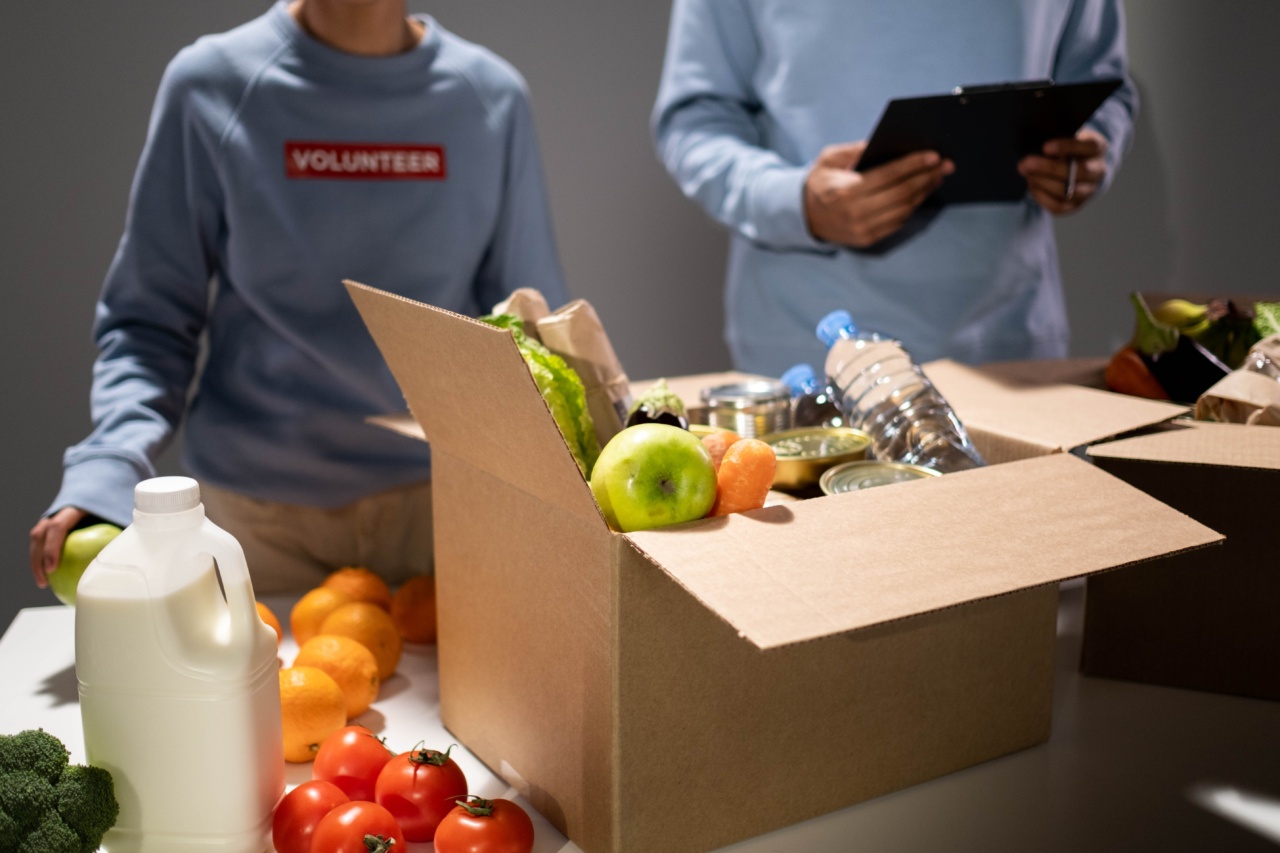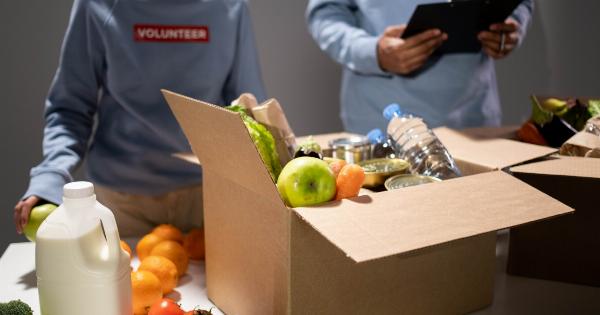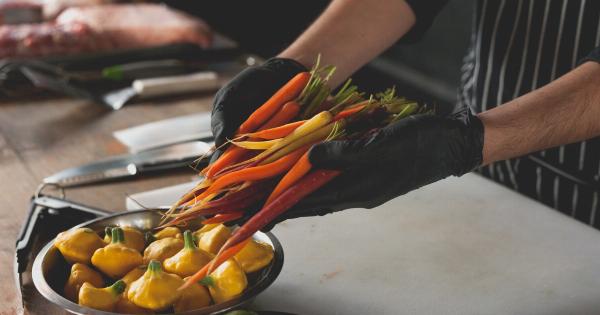Proper packaging protects your food products from contamination, spoilage and damage during transport. In addition to that, it also attracts your customers’ attention thereby increasing sales.
Here are ten tips to help you properly package your standard food products:.
1. Choose the Right Packaging Material
The first step to proper packaging is to choose the right packaging material. This will depend on the type of food product you want to package and the level of protection it requires. Common packaging materials include plastic, metal, glass, and paper.
Some materials like plastic are meant for packaging foods with high moisture contents while others like glass are suitable for packing liquid products as they are non-porous.
2. Consider the Size and Shape of your Product
The size and shape of your food product will determine the type of packaging material you choose. You should go for packaging that fits your product perfectly to prevent it from shifting and moving around in the package.
This will help reduce the risk of damage while in transit.
3. Ensure Food Safety
When packaging your food products, ensure that they are safe for human consumption.
This involves following all the food safety regulations in your area, such as using clean packaging materials, sterilizing the packaging equipment, and maintaining a strict hygiene regime.
4. Avoid Over-packaging
One costly mistake when packaging food products is over-packaging them. Over-packaging translates to adding unnecessary layers of protective materials, which ultimately leads to high shipping and handling costs.
It can also make the product less aesthetically appealing since it looks bulky and unattractive.
5. Consider Refrigeration Needs
If your standard food products require refrigeration, use packaging materials that allow for proper refrigeration.
You can use insulated packaging, which helps to maintain a low temperature inside the package, or place an ice pack inside the package to keep the food cold.
6. Consider the Environment
It is essential to consider the environment and choose packaging materials that are environment friendly. You can use biodegradable packaging materials like eco-friendly plastic or paper. This helps to reduce waste and environmental pollution.
7. Label Your Products Appropriately
Labelling is an important aspect of packaging food products. Proper labelling not only informs the customer of the product’s content but also acts as a selling point.
Ensure that you label your products appropriately by adding an ingredient list, nutritional information, and any allergies the product may contain.
8. Ensure the Package is Secure
The package should be well-sealed to prevent any contamination or spoilage during transit. A poorly sealed package can expose the product to oxygen, bacteria and moisture, which will eventually lead to spoilage.
Ensure that you use sealable packaging and check for any leaks or holes before shipping.
9. Stackability of Packages
Choose packaging that easily stacks to help maximize space during storage and transport. This will help reduce storage and transportation costs and make it easier to move and handle the packages.
10. Analyze Your Shipping Costs
Finally, ensure that you analyze your shipping costs to ensure you are not overspending on shipping. This will help you identify the cheapest way to ship your products without compromising quality.
Using affordable packaging materials and analyzing shipping costs can help to reduce your overall product cost and increase profitability.




























